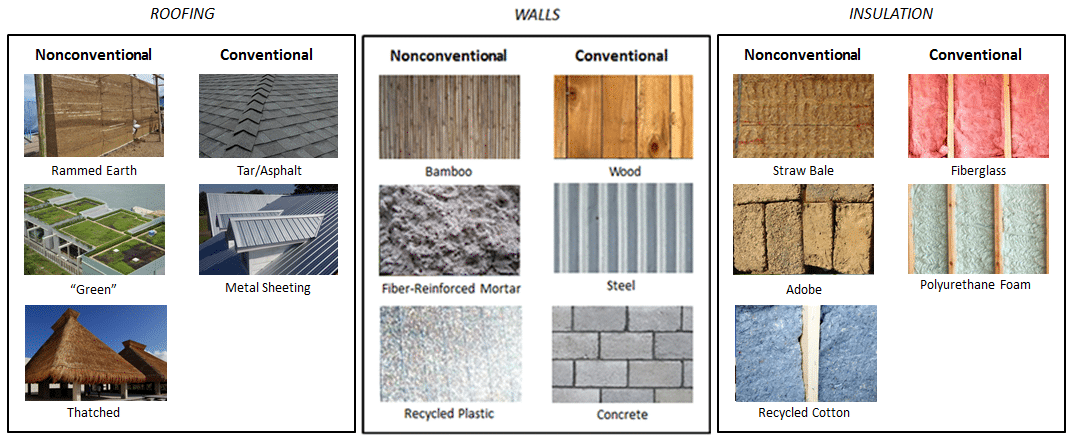When considering investing in eco-friendly industries, it is first necessary to be clear on precisely what the differences are between ‘green’ companies and those with ‘green policies’. Put simply, the ‘green’ sector covers companies that benefit the environment in some way, whether that is by offering products or services that enable other industries to become more eco-friendly or by supplying ‘green’ products and services directly to domestic users. Businesses that have adopted green policies are working towards making their processes, energy consumption and harmful emissions more eco-friendly and therefore less damaging to the environment.
In both cases, there is a price to pay in terms of the added cost of developing new products, which over time will of course reduce. When they were first introduced, the cost of producing energy from wind turbines was twice that of traditional coal or gas fired power stations. Today, the unit cost is almost identical and over the next decade it is forecast that wind power will become cheaper.
When looking at industries implementing green policies, there is no doubt they will incur additional costs when switching to less polluting processes. However, there is already a tendency for consumers to question how eco-friendly the companies they purchase goods and services from actually are. This not only includes how environmentally aware they are, but also how their own employees are treated along with those of their suppliers.
There has been a seemingly endless string of news reports on conditions in sweat shops in third-world countries and how poorly paid the workers are. As consumers become more selective they will inevitably take their custom to companies that have taken steps to improve their green credentials. In the longer term, therefore, it seems certain that businesses with green policies will become more profitable, while those without will ultimately fall by the wayside. This process is happening today as traditional industries such as motor manufacturers, oil and gas producers, mines and steel producers begin to look increasingly archaic.
The tricky part for investors hoping to switch at least a percentage of their total portfolios into green and eco-friendly companies is identifying which sectors will survive and grow and which are likely to fail as this brave new world slowly evolves. Fortunately the internet is a great source of reliable information on the subject and useful articles can be found by specialists such as TheStreet.com contributor Todd Bliman and this portal, and other like it, are a good place to begin.
In the UK, most truly ‘green’ companies are relative newcomers and are therefore listed on the Alternative Investment Market (AIM). As mentioned previously, wind generated power is now competing on level terms with oil and gas fire power stations, making it a relatively safe bet with investors. One of the most attractive options in this group is Renewable Energy Generation, which specialises in developing smaller wind farms.
Green investment only began to go mainstream as recently as 2013, before then it was difficult to build a balanced portfolio. Now, there are several fossil-free managed accounts to choose from and more are set to become available over the next several years as demand increases. The mix of companies forecast to look out for is as diverse as a Brazilian wastewater treatment business, a Dutch electric bicycle manufacturer and a solar cell, silicon wafer and semiconductor producer based in the USA. There are already managed funds known as ‘investment trusts’ that are targeted at investors who wish to put together portfolios dedicated to either solar or wind power.
Another option well worth considering is green energy bonds, which are effectively interest bearing loans repayable at the end of a predetermined period; interest rates are currently running at between six and seven per cent. The only downsides are that if the business issuing the bond fails there is no government backed compensation scheme. Secondly, it is only possible to buy these bonds when they are first issued.
Related: Does Green Energy Really Exist?
There is undoubtedly money to be made by investing in eco-friendly businesses, but at the present time, the risk involved is unquestionably higher than buying into established publicly quoted companies. However, with every passing year the pendulum is inexorably swinging towards the ‘green’ end of the market.





